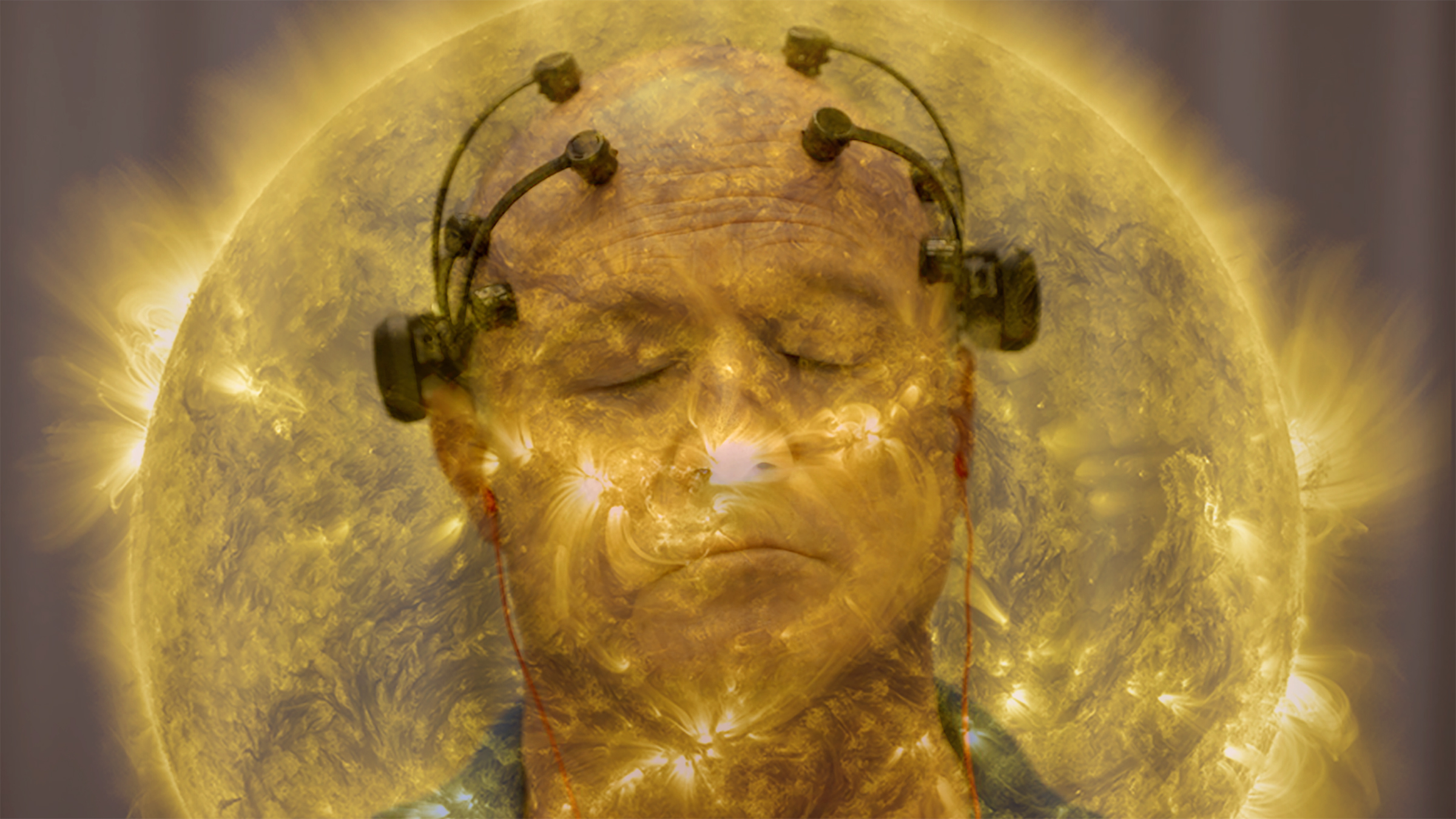Portland made national headlines this weekend over the rare heat wave weather event, causing temperatures to rise above 110°F, with night temperatures remaining as high as 90°F. Cooling shelters have been set up around Portland to provide refuge from the triple digit heat. Many are citing this event as an example of climate change and the greenhouse effect; however, little is understood about how exactly climate change is affecting this already unusual weather event.
Before understanding how climate change plays a role in these weather extremes, what, precisely, is the greenhouse effect? Like an actual greenhouse that traps heat inside a sheltered area through glass walls, Earth’s atmosphere traps and maintains heat through gas molecules. Naturally, this heat is how life is able to sustain itself on Earth, and is part of a balancing act that the planet uses to give back the energy it receives from the sun back to space. Greenhouse gases only make up a small proportion of our Earth’s atmosphere, unlike Venus which has an atmosphere almost entirely made up of greenhouse gases, making it so dense and hot it could melt lead.
The main contender for what is causing such extreme climate changes has to do with the element carbon, and how we as humans have transmuted it since the Industrial Revolution. Our dependence on fossil fuels and our interference with the natural carbon cycle through means of burning forest lands, mining and burning coal and extraction of natural gases have transformed solid carbon into its gaseous state. This gas is often in the form of carbon dioxide, which is adept at absorbing radiant heat energy. As more carbon dioxide rests in the atmosphere, more heat gets absorbed and stays inside the Earth’s atmosphere instead of escaping back into space. This is how global warming happens, and why climate change is, in fact, a human-made phenomenon.
Extreme heat waves are very rare events for the Pacific Northwest, but they are events that have been recorded roughly once every few decades—since before the effects of the Industrial Revolution took hold. Records have previously recorded temperatures as high as 107°F, so this isn’t the first time our region has seen such hot temperatures. However, because of climate change and the greenhouse gases multiplying in our atmosphere, the intensity of these waves are amplified.
“The additional warming over the decades with greenhouse gases makes these heat waves more severe and last longer,” said Dr. Paul Loikith, Associate Professor at Portland State University and Doctorate of Atmospheric Science. “CO2 breaks the [carbon cycle] balance, because it has to get warmer in order to balance the energy the sun gives it. What you’ll start to see then are hot days getting hotter and cool days becoming less cool.”
This means that our record-breaking heat this past weekend will not be the last time we see this, and it will only continue to get worse and longer as time progresses.
“Bad news is we cannot reverse this change we’ve already caused,” Loikith said. “There’s not much we can do to slow it down in the next 20 years.”
The problem has to do with the lifespan of CO2 in our atmosphere. Loikith explained that it takes a couple of decades for the CO2 to dissipate and let the heat adjust. It’s understandably a lot to take in, especially knowing that as these temperatures rise, so do the health risks for the elderly and individuals who cannot afford air conditioning in their homes.
Solving this in the long run is no simple task either. We know we must dramatically reduce greenhouse gases, not just nationally, but globally as well. Accomplishing that task is far easier said than done. The Trump presidency showed us just how easy it is for our own country to reverse course on handling climate change when put in the wrong hands. Even as early as last week, Florida Governor Ron DeSantis signed legislation into law preventing Florida cities from making 100% renewable energy goals, literally mandating the use of fossil fuels. The continued lobbying and pushback from fossil fuel industries only delays our idealized future of reduced greenhouse gas production.
For now, to look at this issue realistically, dedicated scientists have gathered a large amount of information about what changes to expect as time progresses.
“With that information, there’s a lot of power to adapt,” Loikith said.
Adaptation and collaboration are skills humans do best as a species, and while the course may be irreversible, the information available can provide the best resources for communities across the country. Oregon is already providing legislation that is geared towards protecting local communities from wildfires, and plans to phase into 100% renewable energy resources for the state. Water resources can be made more resilient, and we can create greater access to safe, cool spaces to house people in the meantime.
While they will not resolve the global dangers this planet faces from climate change, there are resources to keep our communities and our families safe from harm. OPB is a great resource to check out places to call and find the closest cooling shelter upon extreme weather events such as these. Portland State has also offered their on-site locations for students to escape the dangerous heat.






